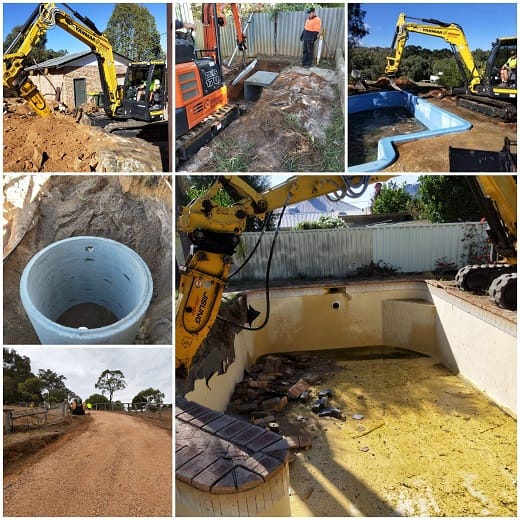The safety practices of our professional excavation contractors go above and beyond what is required because we know that safety is the number one priority in any job. Meeting deadlines and coming in under budget are important. Providing excellent customer service and doing an outstanding job are also very important. But, while these are all important aspects of what we do, they come a distant second to the safety practices that we employ. We understand that the safety of our workers as well as our clients is and should be the top priority for any business, especially one that involves the use of power equipment. This means we don’t cut corners; we do things the right way at every job, which is why our safety record is as good as it is.

The first part of managing a safe worksite begins with proper training. You will never find anyone at one of our worksite’s operating Earthmoving Equipment, unless they have been extensively trained and are licensed. With Earthmoving Equipment, it just takes a moment, a simple misstep, and disaster could be waiting. That’s why training is a priority, and even seasoned employees receive continuous training to ensure that their skills always remain sharp.
What types of hazards are commonly present at excavation sites?
First, there’s the Earthmoving Equipment, which is an obvious hazard. There’s also the risk of a collapsing trench, falling debris, nearby structures could collapse or suffer structural damage if there are mistakes made during the excavation process.
Another hazard that is very serious and deserves attention is the risk of striking an underground utility line. Hitting a water or sewage line can cause flooding and expensive damage. But, hitting a gas or electricity line could be far worse, resulting in serious injuries or death, that is why either dial as you dig needs to be contacted or a underground service locator is required, also one hazard that is not often thought of is the risk of a hazardous atmosphere in or around a trench that is being dug.
Speak to our team today to discuss your project.
